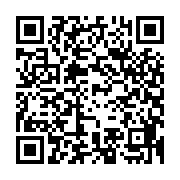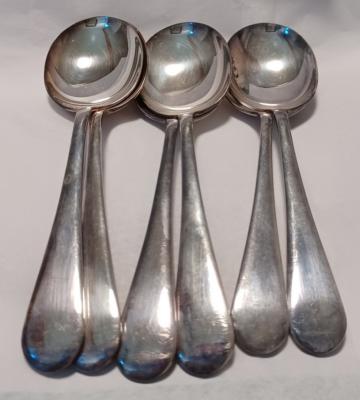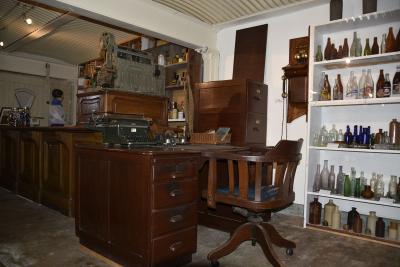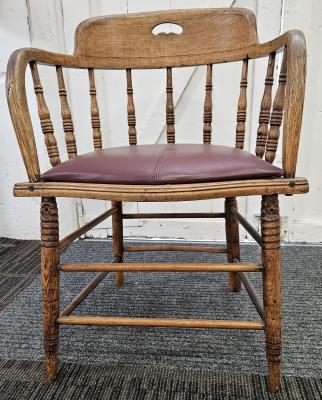Page 1 of the Advertising section of the West Australian newspaper for Wed 2 Dec 1908 advertising Phonograph and Typewriter Co selling an EDISON Gem Phonograph for £2 5s as retrieved from Trove
Edison Gem Phonograph
c. 1905The Gem is equipped with a reproducer (this is the small circular bit that holds the stylus and transfers the groove-driven vibrations to the center of a thin diaphragm, which vibrates into the sound horn) and powered by a spring motor or clockwork which allowed it to run two records, wax cylinders, with one winding. For recording, a special recording head could be purchased separately which would replace the standard reproducer and when used with special soft wax records, would allow voices/recitations to be recorded on blanks for play back
The works are enclosed in the iron body, which stands on a polished hard wood base. It has a black japanned finish with gilt decorations overcoated with shellac. The mandrel, the rod on which the wax cylinder is placed, is nickelled and polished. When new, the Gem came with a wooden carrying cover. It is to be noted that the horn is not the standard Gem horn and must have been replaced at some stage of the phonograph's life.
In its day, circa 1905, the Gem was the cheapest genuine phonograph on the market. It sold for US $10.00. Standard wax cylinders called “records” cost 50 cents each and “blanks “cost 25 cents each.
“It will sing for you, it will play for you. It will repeat to you the music of famous bands and orchestras, the sweet voices of famous singers, and the precious voices of family and friends, even though they be dead. It is a remembrance reduced to the visible presence. It preserves what otherwise would have perished. It entertains and amuses people of all ages and stations beyond and device, mechanical or otherwise, ever invented.” The Phonograph; an introduction Jan. 1 1903
"Thomas Alva Edison (February 11, 1847 – October 18, 1931) was an American inventor and businessman who has been described as America's greatest inventor. He developed many devices in fields such as electric power generation, mass communication, sound recording, and motion pictures. These inventions, which include the phonograph, the motion picture camera, and early versions of the electric light bulb, have had a widespread impact on the modern industrialized world. He was one of the first inventors to apply the principles of organized science and teamwork to the process of invention, working with many researchers and employees. He established the first industrial research laboratory." Wikipedia
Details
Details
It is not known how this phonograph made its journey to the museum but it can be imagined how an early settler had it in their living room as it was mass produced by the Edison Phonograph Company and would have been available to those that could afford it. In the early 1900s phonographs like these could be purchased from the Perth business Phonographs and Typewriter Co. in Central Arcade, opposite the railway station.
Page 1 of the Advertising section of the West Australian newspaper for Wed 2 Dec 1908 advertises an EDISON Gem Phonograph for £2 5s from Phonograph and Typewriter Co
Other items from Busselton Historical Society
- Soup Spoons - Grosvenor
- Office Desk of Reg Bovell
- Station Masters Chair
- Door Knocker - Percy Bignell's House
- "Royal" Organ - Farrand & Votey Organ Company
- Fuse Box
- ACTIL - Bed Sheets
- Wooden Seaman's Chest
- Clock Ansonia
- Small blue Sulky
- Framed Photograph - Richard Gale
- Framed Photograph - James Jackson
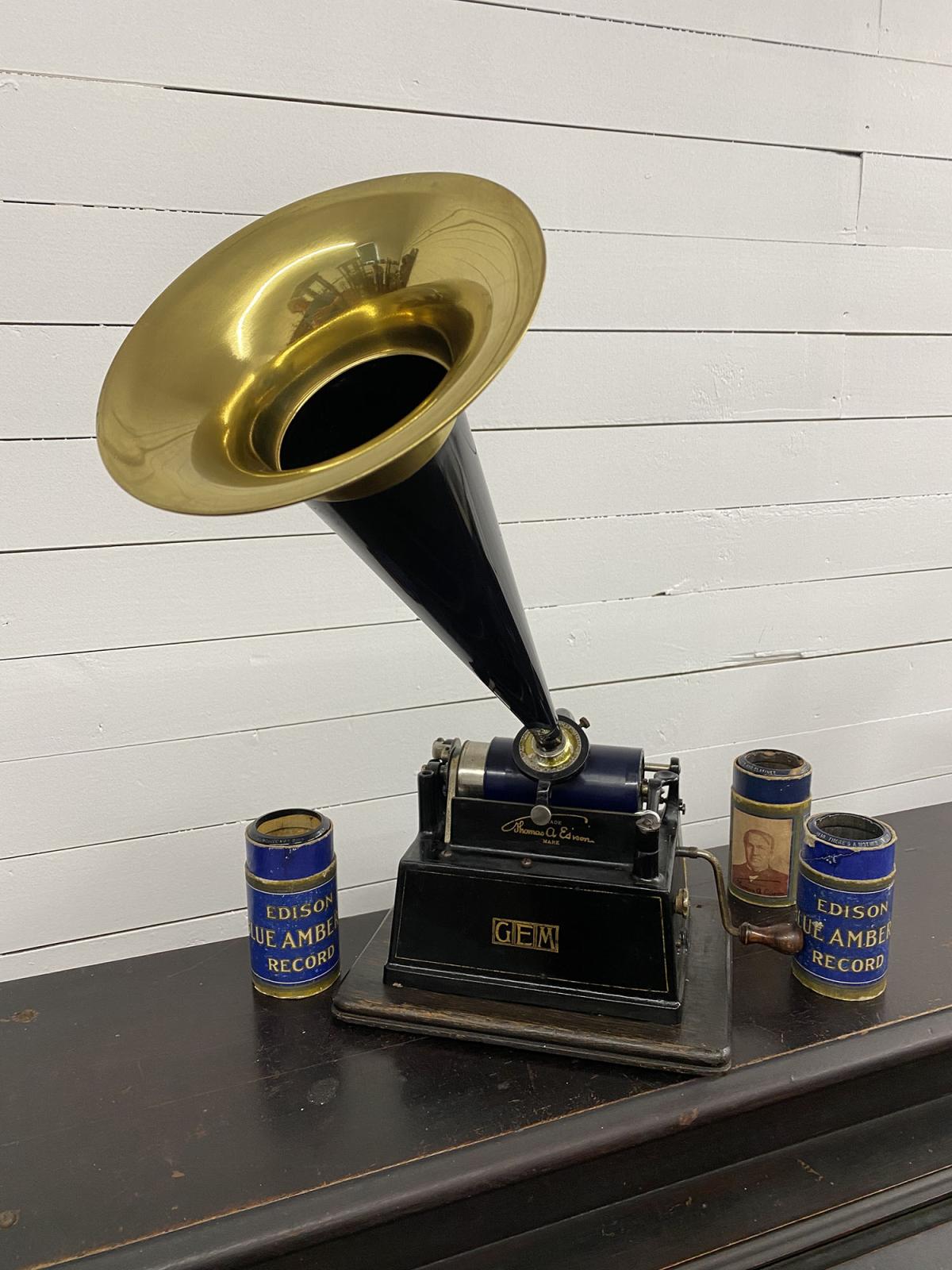
Scan this QR code to open this page on your phone ->
